Jo Plested
Quantum Feature Space of a Qubit Coupled to an Arbitrary Bath
May 07, 2025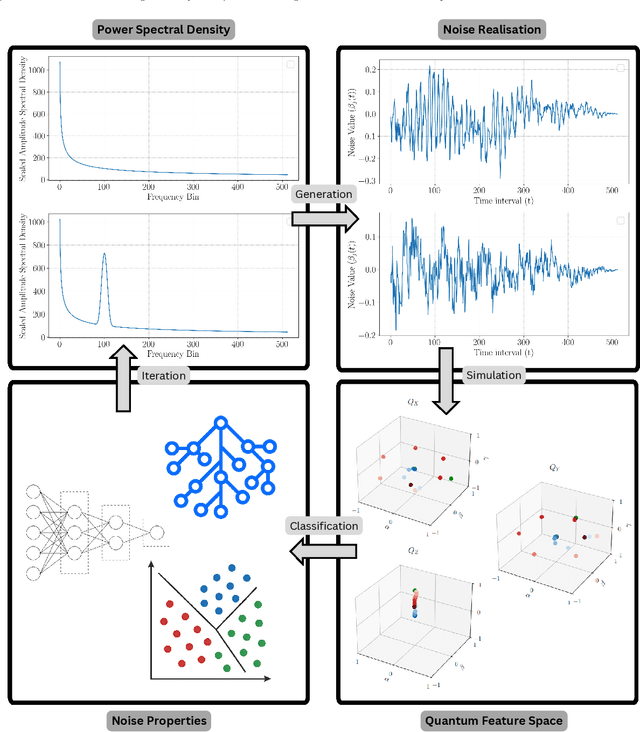

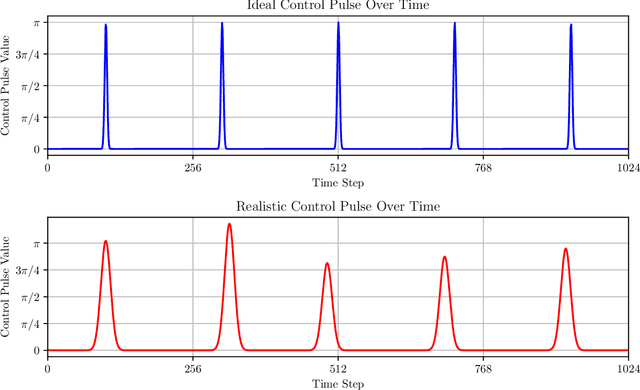
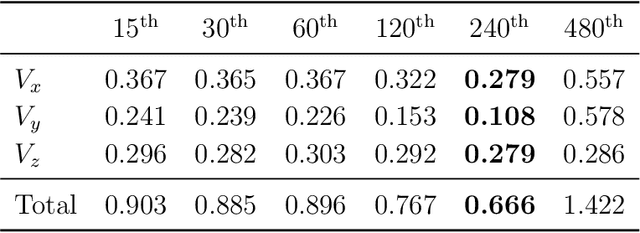
Abstract:Qubit control protocols have traditionally leveraged a characterisation of the qubit-bath coupling via its power spectral density. Previous work proposed the inference of noise operators that characterise the influence of a classical bath using a grey-box approach that combines deep neural networks with physics-encoded layers. This overall structure is complex and poses challenges in scaling and real-time operations. Here, we show that no expensive neural networks are needed and that this noise operator description admits an efficient parameterisation. We refer to the resulting parameter space as the \textit{quantum feature space} of the qubit dynamics resulting from the coupled bath. We show that the Euclidean distance defined over the quantum feature space provides an effective method for classifying noise processes in the presence of a given set of controls. Using the quantum feature space as the input space for a simple machine learning algorithm (random forest, in this case), we demonstrate that it can effectively classify the stationarity and the broad class of noise processes perturbing a qubit. Finally, we explore how control pulse parameters map to the quantum feature space.
AMF: Adaptable Weighting Fusion with Multiple Fine-tuning for Image Classification
Jul 26, 2022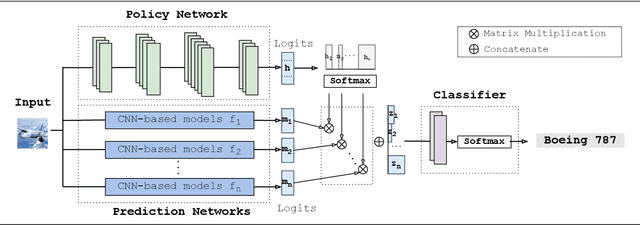
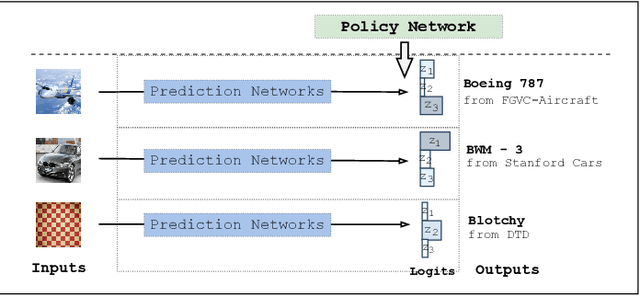
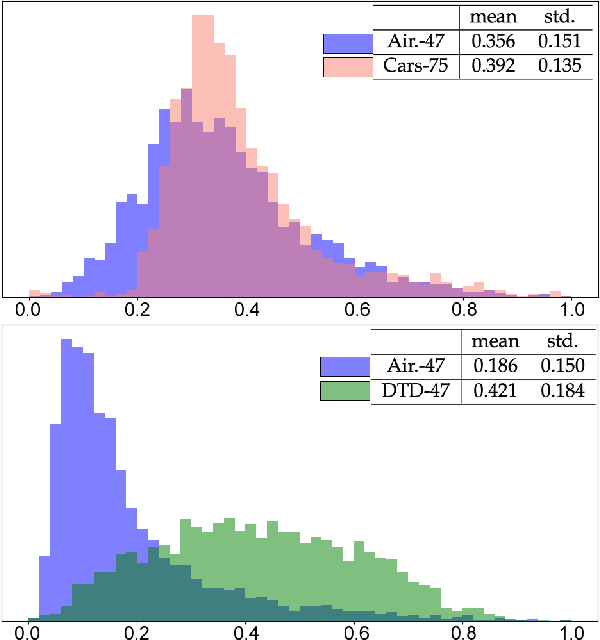
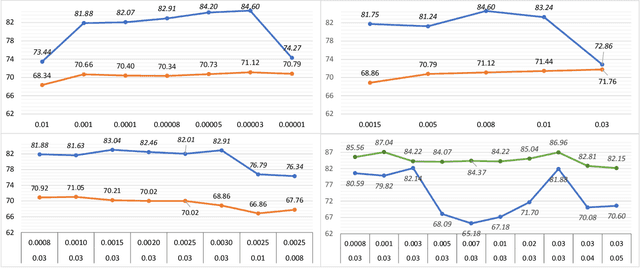
Abstract:Fine-tuning is widely applied in image classification tasks as a transfer learning approach. It re-uses the knowledge from a source task to learn and obtain a high performance in target tasks. Fine-tuning is able to alleviate the challenge of insufficient training data and expensive labelling of new data. However, standard fine-tuning has limited performance in complex data distributions. To address this issue, we propose the Adaptable Multi-tuning method, which adaptively determines each data sample's fine-tuning strategy. In this framework, multiple fine-tuning settings and one policy network are defined. The policy network in Adaptable Multi-tuning can dynamically adjust to an optimal weighting to feed different samples into models that are trained using different fine-tuning strategies. Our method outperforms the standard fine-tuning approach by 1.69%, 2.79% on the datasets FGVC-Aircraft, and Describable Texture, yielding comparable performance on the datasets Stanford Cars, CIFAR-10, and Fashion-MNIST.
Deep transfer learning for image classification: a survey
May 20, 2022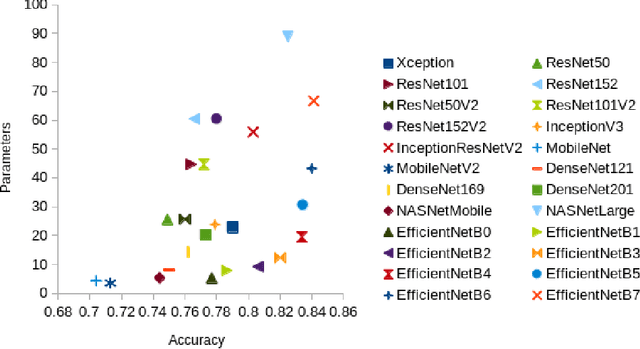

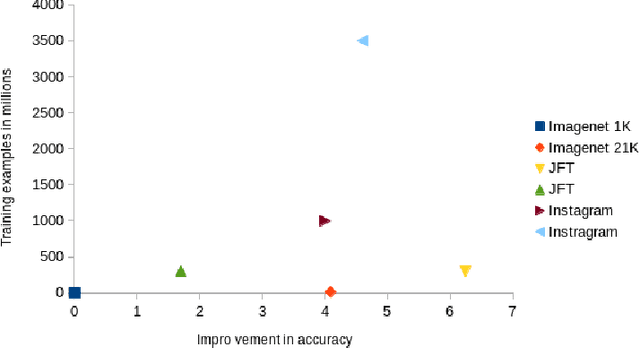

Abstract:Deep neural networks such as convolutional neural networks (CNNs) and transformers have achieved many successes in image classification in recent years. It has been consistently demonstrated that best practice for image classification is when large deep models can be trained on abundant labelled data. However there are many real world scenarios where the requirement for large amounts of training data to get the best performance cannot be met. In these scenarios transfer learning can help improve performance. To date there have been no surveys that comprehensively review deep transfer learning as it relates to image classification overall. However, several recent general surveys of deep transfer learning and ones that relate to particular specialised target image classification tasks have been published. We believe it is important for the future progress in the field that all current knowledge is collated and the overarching patterns analysed and discussed. In this survey we formally define deep transfer learning and the problem it attempts to solve in relation to image classification. We survey the current state of the field and identify where recent progress has been made. We show where the gaps in current knowledge are and make suggestions for how to progress the field to fill in these knowledge gaps. We present a new taxonomy of the applications of transfer learning for image classification. This taxonomy makes it easier to see overarching patterns of where transfer learning has been effective and, where it has failed to fulfill its potential. This also allows us to suggest where the problems lie and how it could be used more effectively. We show that under this new taxonomy, many of the applications where transfer learning has been shown to be ineffective or even hinder performance are to be expected when taking into account the source and target datasets and the techniques used.
Developing Imperceptible Adversarial Patches to Camouflage Military Assets From Computer Vision Enabled Technologies
Feb 17, 2022
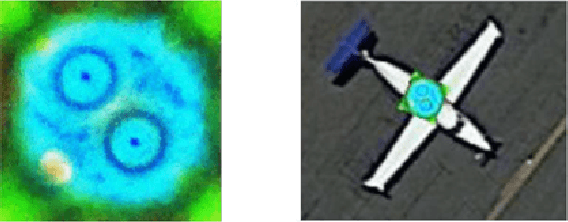
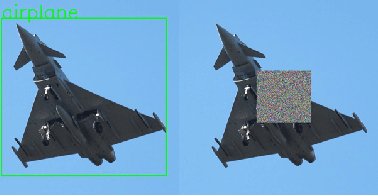
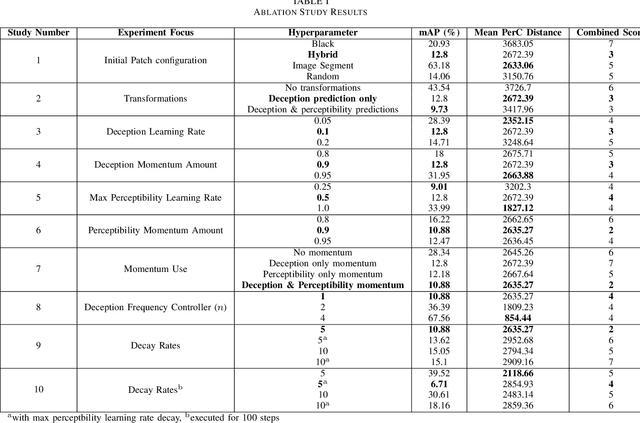
Abstract:Convolutional neural networks (CNNs) have demonstrated rapid progress and a high level of success in object detection. However, recent evidence has highlighted their vulnerability to adversarial attacks. These attacks are calculated image perturbations or adversarial patches that result in object misclassification or detection suppression. Traditional camouflage methods are impractical when applied to disguise aircraft and other large mobile assets from autonomous detection in intelligence, surveillance and reconnaissance technologies and fifth generation missiles. In this paper we present a unique method that produces imperceptible patches capable of camouflaging large military assets from computer vision-enabled technologies. We developed these patches by maximising object detection loss whilst limiting the patch's colour perceptibility. This work also aims to further the understanding of adversarial examples and their effects on object detection algorithms.
Feature Selection on Thermal-stress Dataset
Sep 08, 2021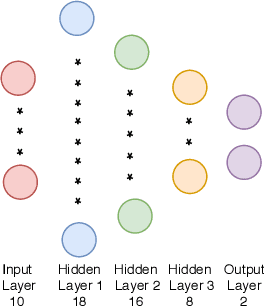

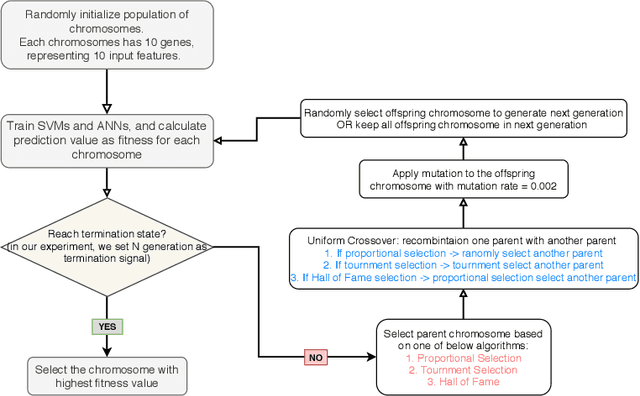
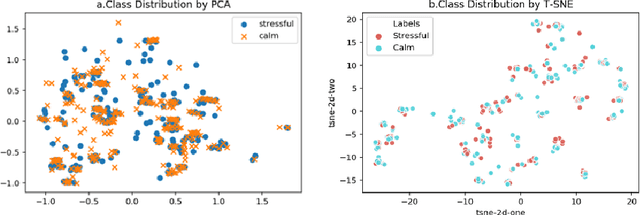
Abstract:Physical symptoms caused by high stress commonly happen in our daily lives, leading to the importance of stress recognition systems. This study aims to improve stress classification by selecting appropriate features from Thermal-stress data, ANUstressDB. We explored three different feature selection techniques: correlation analysis, magnitude measure, and genetic algorithm. Support Vector Machine (SVM) and Artificial Neural Network (ANN) models were involved in measuring these three algorithms. Our result indicates that the genetic algorithm combined with ANNs can improve the prediction accuracy by 19.1% compared to the baseline. Moreover, the magnitude measure performed best among the three feature selection algorithms regarding the balance of computation time and performance. These findings are likely to improve the accuracy of current stress recognition systems.
Exploring Biases and Prejudice of Facial Synthesis via Semantic Latent Space
Aug 23, 2021
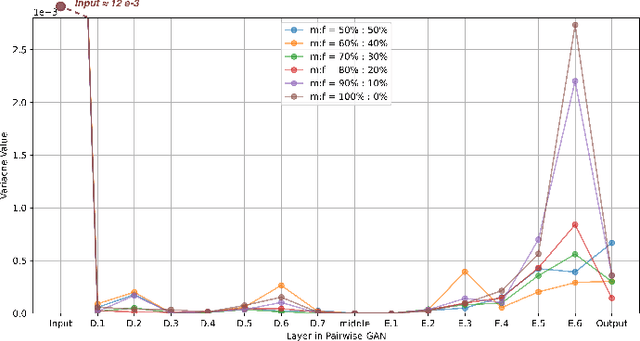
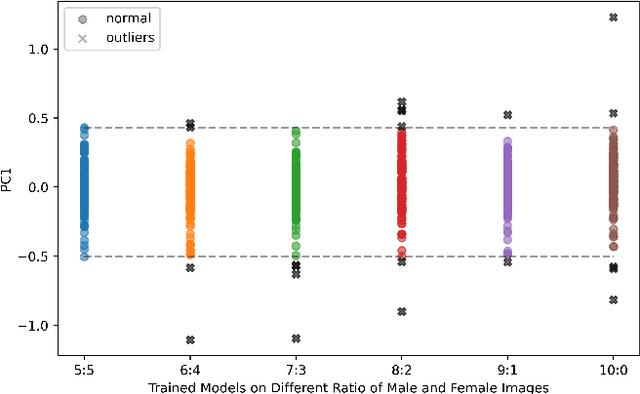
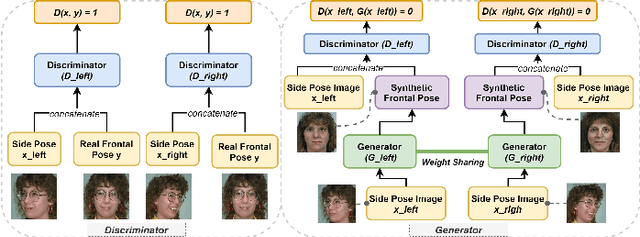
Abstract:Deep learning (DL) models are widely used to provide a more convenient and smarter life. However, biased algorithms will negatively influence us. For instance, groups targeted by biased algorithms will feel unfairly treated and even fearful of negative consequences of these biases. This work targets biased generative models' behaviors, identifying the cause of the biases and eliminating them. We can (as expected) conclude that biased data causes biased predictions of face frontalization models. Varying the proportions of male and female faces in the training data can have a substantial effect on behavior on the test data: we found that the seemingly obvious choice of 50:50 proportions was not the best for this dataset to reduce biased behavior on female faces, which was 71% unbiased as compared to our top unbiased rate of 84%. Failure in generation and generating incorrect gender faces are two behaviors of these models. In addition, only some layers in face frontalization models are vulnerable to biased datasets. Optimizing the skip-connections of the generator in face frontalization models can make models less biased. We conclude that it is likely to be impossible to eliminate all training bias without an unlimited size dataset, and our experiments show that the bias can be reduced and quantified. We believe the next best to a perfect unbiased predictor is one that has minimized the remaining known bias.
Non-binary deep transfer learning for imageclassification
Jul 19, 2021



Abstract:The current standard for a variety of computer vision tasks using smaller numbers of labelled training examples is to fine-tune from weights pre-trained on a large image classification dataset such as ImageNet. The application of transfer learning and transfer learning methods tends to be rigidly binary. A model is either pre-trained or not pre-trained. Pre-training a model either increases performance or decreases it, the latter being defined as negative transfer. Application of L2-SP regularisation that decays the weights towards their pre-trained values is either applied or all weights are decayed towards 0. This paper re-examines these assumptions. Our recommendations are based on extensive empirical evaluation that demonstrate the application of a non-binary approach to achieve optimal results. (1) Achieving best performance on each individual dataset requires careful adjustment of various transfer learning hyperparameters not usually considered, including number of layers to transfer, different learning rates for different layers and different combinations of L2SP and L2 regularization. (2) Best practice can be achieved using a number of measures of how well the pre-trained weights fit the target dataset to guide optimal hyperparameters. We present methods for non-binary transfer learning including combining L2SP and L2 regularization and performing non-traditional fine-tuning hyperparameter searches. Finally we suggest heuristics for determining the optimal transfer learning hyperparameters. The benefits of using a non-binary approach are supported by final results that come close to or exceed state of the art performance on a variety of tasks that have traditionally been more difficult for transfer learning.
Pairwise-GAN: Pose-based View Synthesis through Pair-Wise Training
Sep 13, 2020
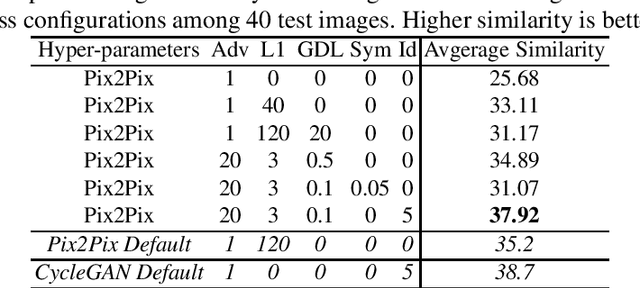
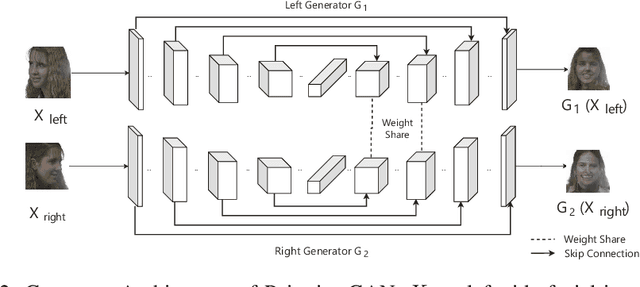
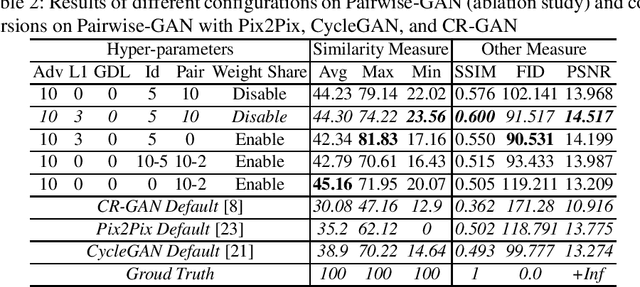
Abstract:Three-dimensional face reconstruction is one of the popular applications in computer vision. However, even state-of-the-art models still require frontal face as inputs, which restricts its usage scenarios in the wild. A similar dilemma also happens in face recognition. New research designed to recover the frontal face from a single side-pose facial image has emerged. The state-of-the-art in this area is the Face-Transformation generative adversarial network, which is based on the CycleGAN. This inspired our research which explores the performance of two models from pixel transformation in frontal facial synthesis, Pix2Pix and CycleGAN. We conducted the experiments on five different loss functions on Pix2Pix to improve its performance, then followed by proposing a new network Pairwise-GAN in frontal facial synthesis. Pairwise-GAN uses two parallel U-Nets as the generator and PatchGAN as the discriminator. The detailed hyper-parameters are also discussed. Based on the quantitative measurement by face similarity comparison, our results showed that Pix2Pix with L1 loss, gradient difference loss, and identity loss results in 2.72% of improvement at average similarity compared to the default Pix2Pix model. Additionally, the performance of Pairwise-GAN is 5.4% better than the CycleGAN and 9.1% than the Pix2Pix at average similarity.
 Add to Chrome
Add to Chrome Add to Firefox
Add to Firefox Add to Edge
Add to Edge